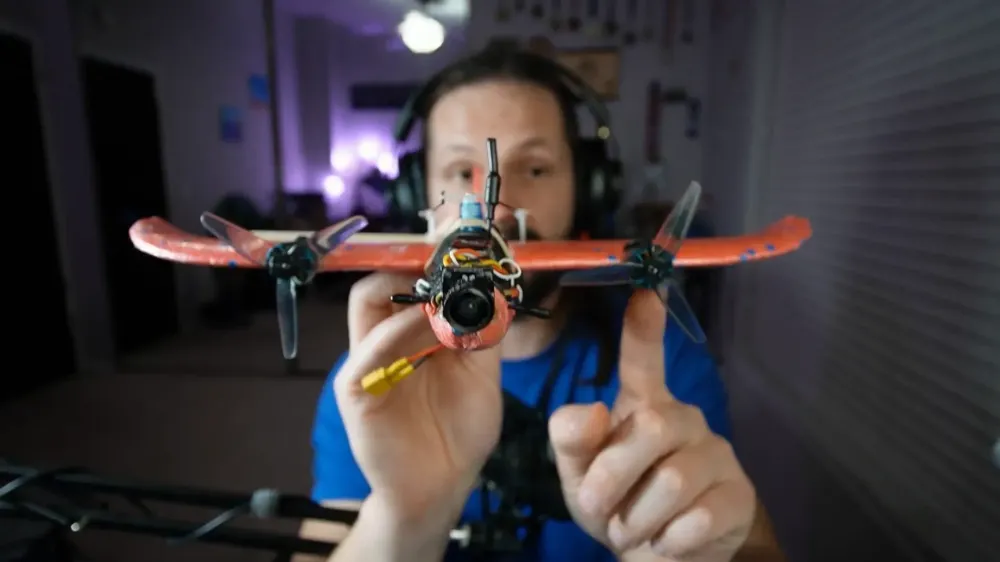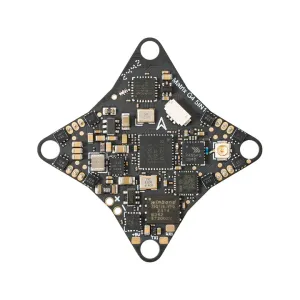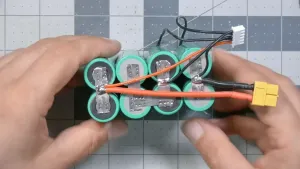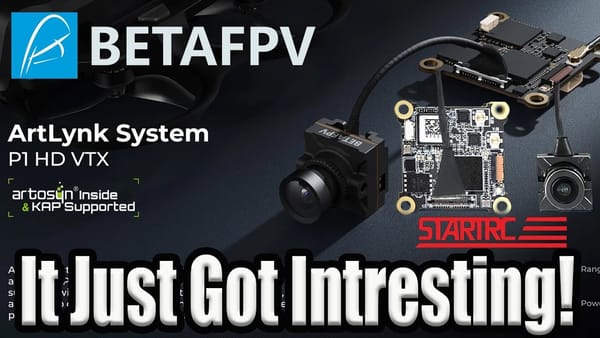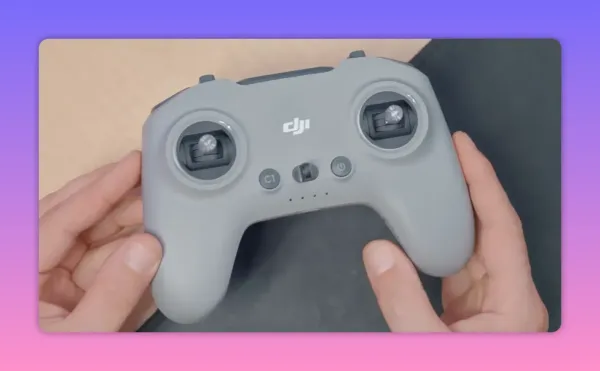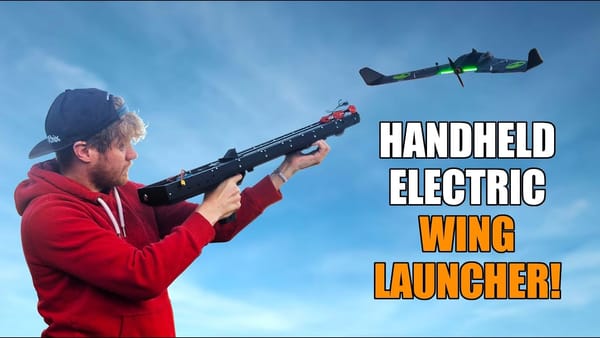
In recent video (by Limon - Ivan Efimov), we receive a hilarious and insightful look into realm of DIY FPV planes. Specifically, it focuses on how to transform simple, cheap glider into flying machine that can achieve impressive speeds. With total weight of just 150 grams and potential speed of 120 km/h, this project ambitious (however, it is also entertaining).
Project Overview
The project (that revolves around a $2 glider designed for kids) is humorously dubbed "little shit" by Limon; however, he acknowledges that this name is already taken. The aim is to build small FPV plane and delve into the setup process using Betaflight (a firmware that has recently begun to cater to planes and wings). Although challenging, the endeavor promises to be rewarding (because it combines creativity and technical skills).
Building the Plane
The construction process (which may be described as quite crafty) emphasizes woodwork, foam cutting and considerable amounts of glue. Limon assures viewers that mistakes can be rectified easily; however, the frames are inexpensive. This (due to their affordability) is significant advantage, although one must ensure precision during assembly.
He emphasizes that the entire project can comfortably fit on a table, making it a manageable DIY task. The plane is noted for its flying capabilities; performing well in calm conditions, however, it shows its limits in windy or turbulent weather. Although the design is efficient, this requires careful consideration because of the environmental factors.

Components and Assembly
When it comes to construction, Limon emphasizes (that there’s no definitive right method)—it’s primarily about individual preference. He underscores the significance of choosing appropriate frame, motors, flight controller and various other components; encouraging audiences to explore their configurations. Important components include: however, this can vary based on the project. Although many believe there are strict guidelines, it is essential to remain flexible (because creativity often leads to innovative solutions).
- Frame: Limon opted for a 12-inch wingspan frame, with larger options available for potentially better flight performance.
- Control Surfaces: Made from 1.5mm basswood, which is easy to cut and shape.
- Motors: Tiny Turners that provide significant power, especially when paired with 3S or 4S batteries.
- ESCs: He used inexpensive ESCs that support both 3S and 4S batteries.

Wiring and Electronics
The wiring process (although often described as extensive) is manageable; it resembles wiring quadcopter. Limon utilizes Foxeer flight controller and emphasizes significance of proper soldering. He highlights necessity to connect motors, servos (and other electronic components) correctly, reminding viewers that flight controller needs to be mounted parallel to wings for optimal performance. However, this does require attention to detail.



Betaflight Setup
Once the building is complete, Limon dives into setting up Betaflight. He emphasizes necessity of using the latest version of Betaflight Configurator and provides a step-by-step guide on flashing the firmware. Configuring the settings for a plane is essential; however, many users overlook this aspect. Although it may seem straightforward, understanding the nuances is vital, because this can affect performance significantly.

He covers the following essential steps:
- Connect the flight controller to your computer and open Betaflight Configurator.
- Update the firmware, making sure to select the appropriate options for a wing configuration.
- Configure the radio protocol, OSD, and other necessary settings.
- Utilize CLI commands to fine-tune the setup specific to the plane.

Final Thoughts
Limon expresses a great deal of excitement about the potential of using Betaflight for planes; highlighting unique features it offers for acro flying. He encourages viewers to instead share their experiments and creations, fostering a community of DIY enthusiasts. Although some might find it challenging, this experience can be quite rewarding.

FAQ
What type of frame should I use for this project?
A 12-inch (12”) wingspan frame is recommended for balance of size and performance; however, larger options are available if one desires.
Can I use different motors and ESCs?
Indeed, you can (and should) experiment with different motors and ESCs; however, it's crucial to ensure they are compatible with your chosen setup—this is essential. Although there may be numerous options available, not all will work well together (because compatibility is key).
Is Betaflight user-friendly for beginners?
While Limon mentions that Betaflight is indeed not user-friendly, he believes however that with some practice it can certainly fly amazing. Although challenges exist, many users find success; this is in part because they invest time and effort. However, mastering it requires patience and dedication.
This article was based on Transforming a Toy into FPV plane – Betaflight Setup.


